The first day of spring is long gone, and apart from the love seals, under the flowering trees, it means that the rock season is knocking on the door. And we ask, do you have the right rope for the rocks? Our long-time ambassador Cosmin Andron will help you with the selection. Cosmin has a doctorate in philosophy from the University of London, but you will probably be more interested of him being a certified IFMGA mountain leader:-).
With the anticyclone dictating the weather over the last several weeks the skis are being pushed closer to the back of the gear room and looks like it’s time to be dusting off the rock climbing shoes. And what about rope?

Over the past months, having abused with sharp points mostly halves and twins while inching up mixed terrain or waterfall ice with anything but fall as an option, the warmer temperatures and the possibility to touch the rock gloveless entertain the idea of small holds and big air time off overhangs. And thus, one of the questions that comes up often at this time of the year is what type of rope one needs?

The easy part of the answer is: a single dynamic rope. That is a mountaineering rope (EN 892 standard) that is certified to be used for catching climbing falls as a single strand. One can identify such a rope by the marking which is compulsory to be present on the tags or the rope itself. Besides the industry safety standard (EN 892 / CE 1019) that proves that the rope is certified for the intended use, in this case rock climbing. To be sure that you are purchasing a single rope the label should present a number “1” in a circle. In the past the diameter would have been a decent indicator if we were talking about single ropes or half ropes but that line has been blurred long ago since today’s single ropes are skinnier than the half ropes of fifteen years ago.

Tendon ropes that fall within this scope are, currently 12 or so in number and range from 8.6mm in diameter to 10mm in diameter. So, how do you find the right rope for you, for sport climbing, with such a wide selection only from one brand? First of all, you need to see what kind of climber you are.

Everybody was a newbie once
Are you a newbie? Have you just discovered the sport and trying to see if this is for you? You have to decide between a pair of skates or a climbing rope to fill in those weekends in an active manner?

Then a general-purpose rope with a long-life span and a high abuse tolerance is what you’re after. Something you won’t despair if the kids discover in the closet and drag around the courtyard as it can take the hardship. Something that is reliable yet not expensive. Weight is not your main concern but you’re after something that would take a lot of tope roping at the gym and at the crag and the occasional leading. Then Ambition 9.8 is the rope for you.

You are a climbing lover but you fall in love with other sports too
If you’ve been climbing already for a couple of years and really into it but mountain biking, kayaking and paragliding fill the other three weekends of the month then, most likely, you’re after a rope that you can lead on half of the time while setting top-ropes for your partners as you are coaching them. You’re after a rope that is versatile, that is good for yoyoing on your projects as much as for sending them on lead while still won’t feel out of place when your less experienced friends hang on the top rope skating in trainers on a too steep for them climb. If this is you and you’re after one rope that will last you a long time then Master 9.7 is the rope for you.

Is there a weekend warrior?
Here comes the weekend warrior. You’re obsessed by climbing. It’s what the 9 to 5 job leads to: the late Friday to late Sunday road trips. Sleeping in the back of the car, knowing what a guide-book means and having an 8A.nu account. You probably follow Adam Ondra on Instagram and own a fingerboard – hell, why not two: one above the doorframe and one small wooden one, with a string, for the road trips. Then you don’t need me to tell you what the rope is good for but let me tell you what I love about the one I use!

It is thick enough that when I am looking at serious airtime it doesn’t feel like I am attached to floss. It handles like a cosy woolly sock but it can withstand hardship like an East-European in the Himalayas. It’s light enough that I cannot use in any way the excuse that clipping got me pumped. It is my sport climbing rope wherever I go, no matter what. I got one in 80m and a couple more in 70m or 60m depending on the destinations. It’s my sending rope and my workhorse rope. When the sun comes out and the single pitches want attention myMaster PRO 9.2 or Master 9.4 is the rope I use and recommend. It has only one drawback: it does not push you up the route. I could not find another one…

When you are “all-round climber”…
I am a mountain guide and sometimes I need a rope that can do pretty much everything. I may start the day crossing a glacier, climb a nice granite multipitch that has bolts on slabs and eats friends and nuts in cracks. Then I end up on a ridge weaving between gendarmes just to have the rope coiled and packed for a long hike back home across meadows. And if the warm-up was good, maybe, before the celebratory beer, I could try and see if I am lucky enough sending my 40m, bolt clipping, limestone monster project… As a rule, I am not but the beer feels more deserved before heading back home.

About six years ago I found my perfect partner in crime. It does everything so well that I even wrote about it some sort of love letter.[1] The only thing that keeps it an inch away from perfection is that it does not cook for me. For several years the Master 8.9 was my “do everything” rope. Durable enough to be dragged around, very light for carrying and clipping all day, stretchy so when falling your kidneys won’t notice. The guys at Tendon took this ultimate weapon, sprinkled some magic powder and released the upgraded version: Master PRO 8.9 which is still a triple rated rope (can be used as single, half or twin) still light (52g/m), still stretchy and the new version comes with the SBS (where each strand is plaited independently into the sheath and not in pairs one after another making it more compact and abrasion resistant) and complete shield impregnation (in normal speak: a chemical film that protects the sheath and core of the rope from water impregnation and dust abrasion.).

Adam Ondra and rest of these guys…
If you’re a better climber than me and the only thing that stands between you and sending that giant overhanging route is that extra drip of power you cannot afford to lose, then work it to perfection with Master PRO 9.2 and send it with Master PRO 8.9 or Master 8.6 so you feel good about yourself that it didn’t seem that strenuous this last time. I, for one, still have 1000 pull-ups on the finger-board that keep me away from my project so I cannot blame it on the rope.

Whichever rope you’re using for your sport climbing, whether you’re just starting-out or you’ve already hit 50k followers on Instagram, these aspects below are universally important:
- Certified EN 892 / CE 1019
- Single rope (look for the (1) symbol)
- Stretchy so it gives you a soft catch if you’re mostly leading
- Not so stretchy if you’re using it mostly for top roping
- Easy to tie, to handle and to clip
- Smooth sheath so it scauses the least amount of friction through carabiners
- Compact sheath (tight weave) so dust, chalk and dirt do not penetrate easily and ruin the rope prematurely
- Get an 80m length even if you don’t access long routes – you can always trim it shorter with use and end up with a 60m rope couple of years later. Start with a 60m rope and when it is only 40m left you’ve got yourself a high-end clothesline

[1] http://www.cosmin-andron.com/2015/01/tendon-master-8-9-rope-review/


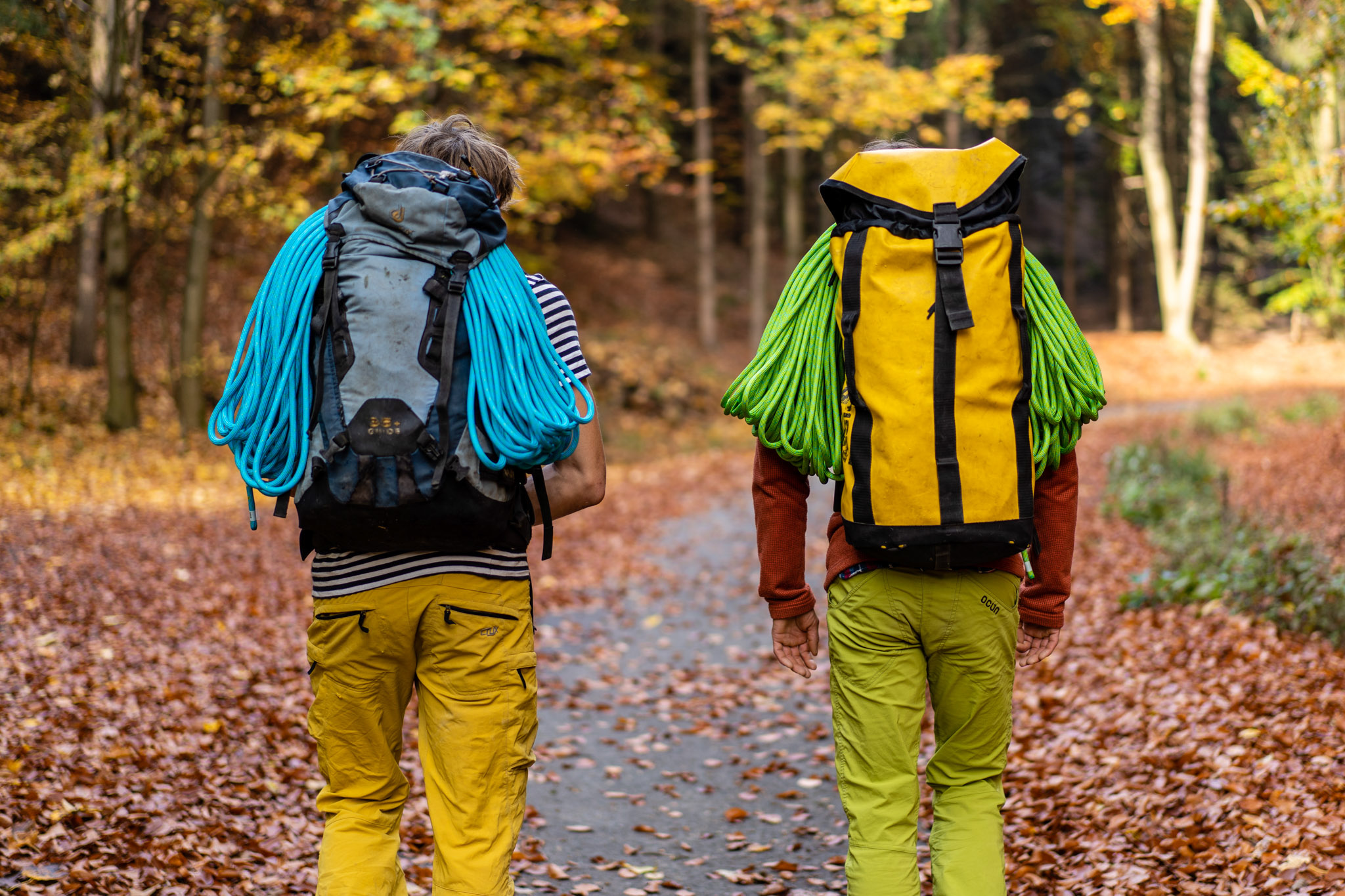
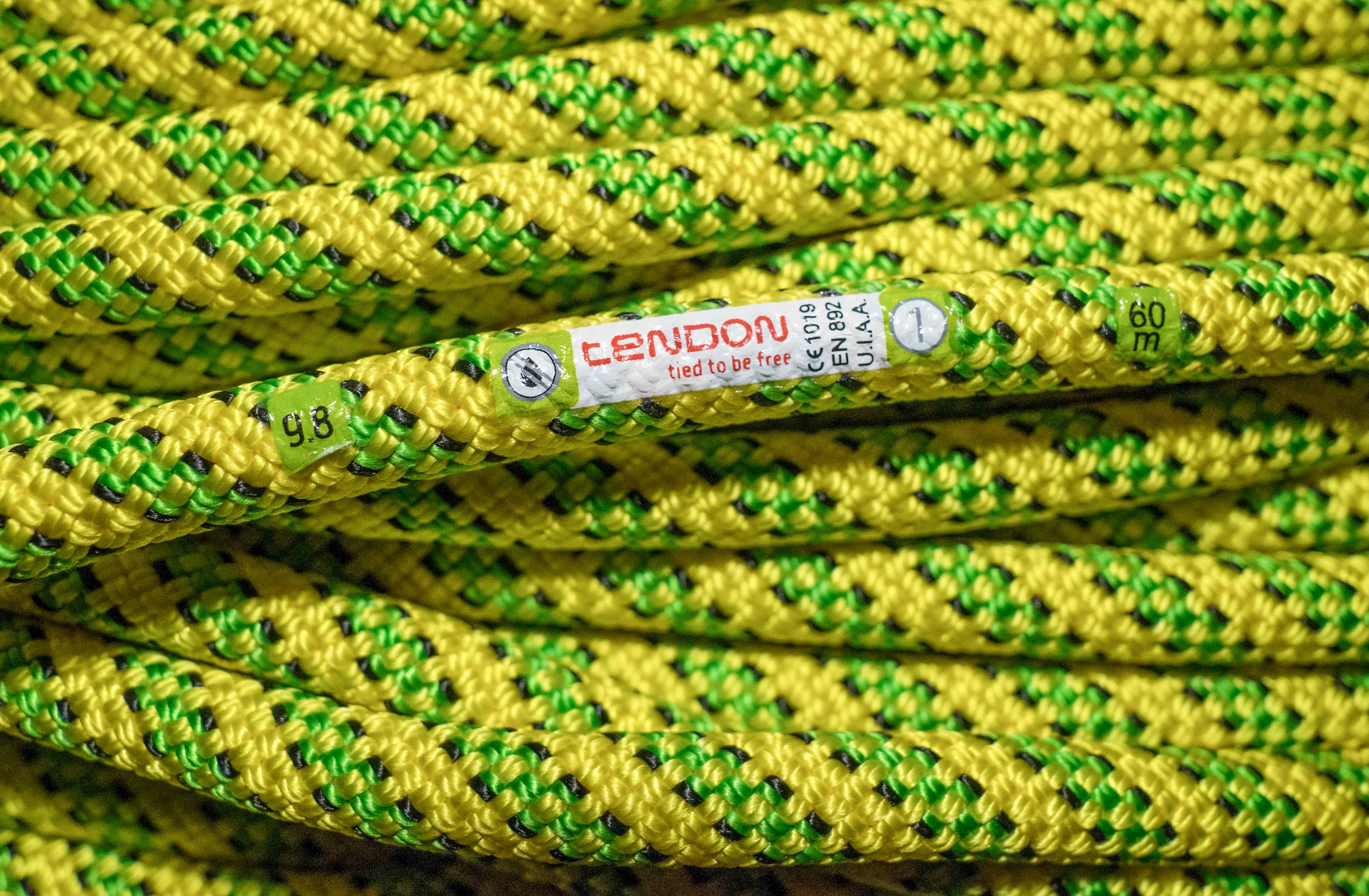
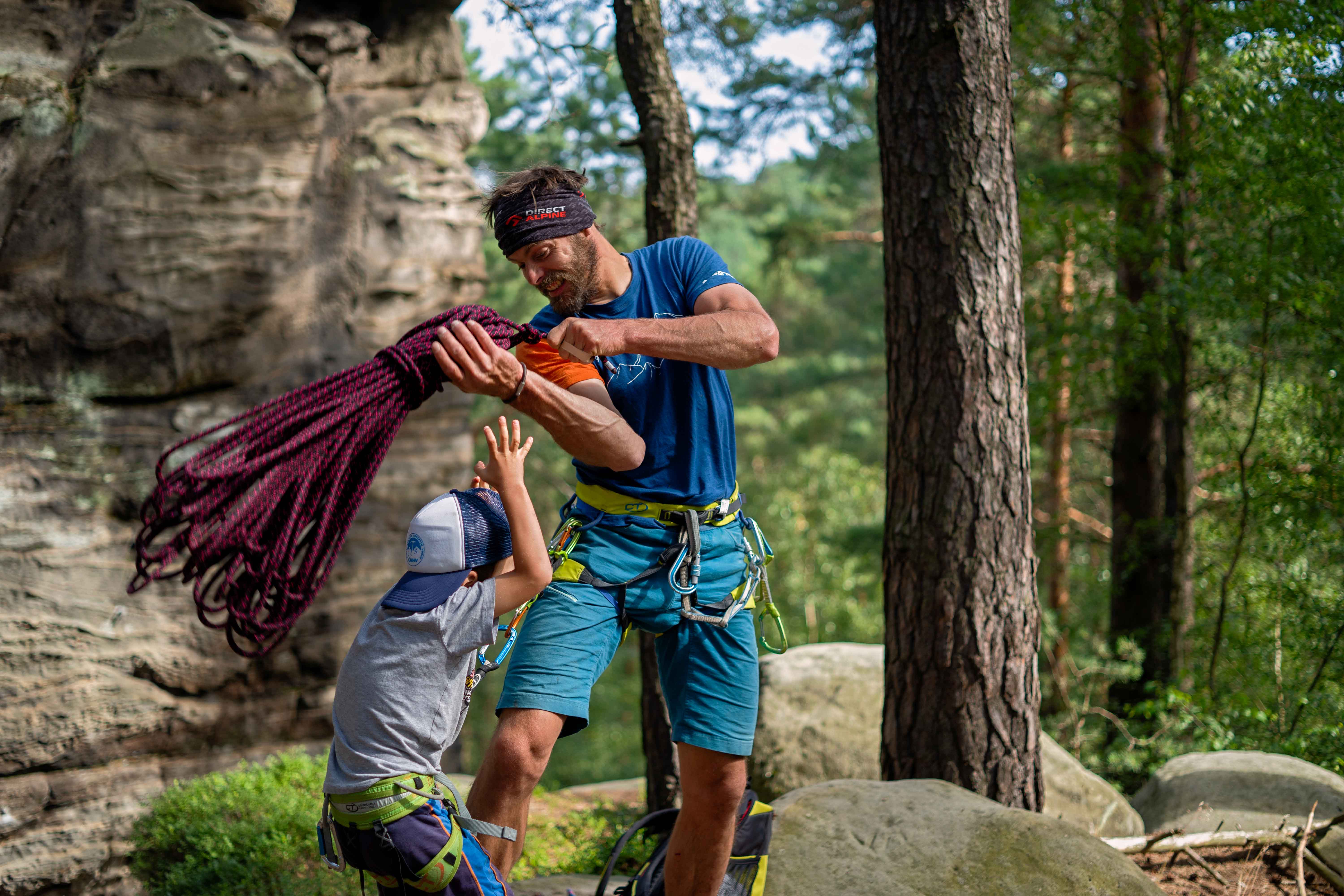

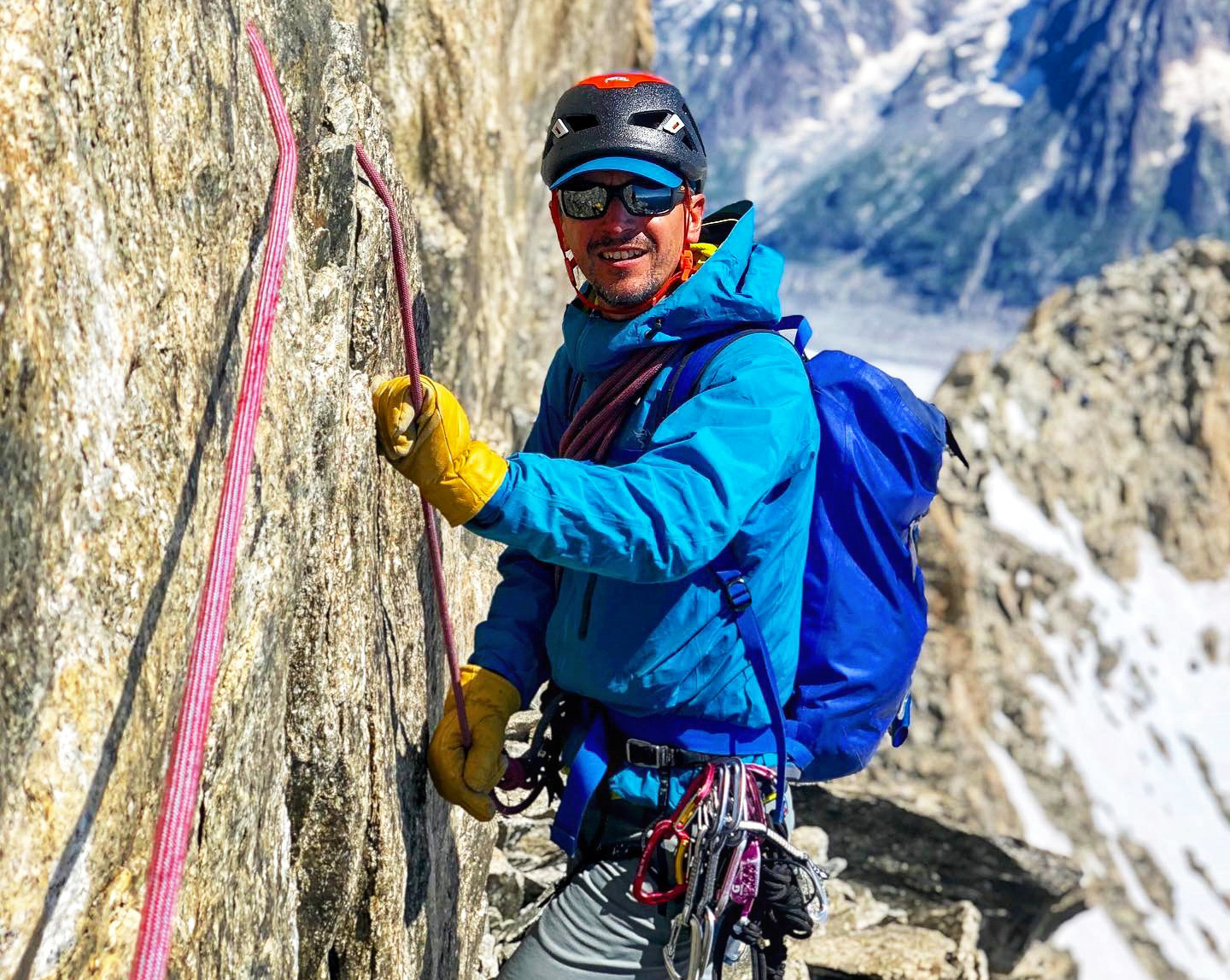

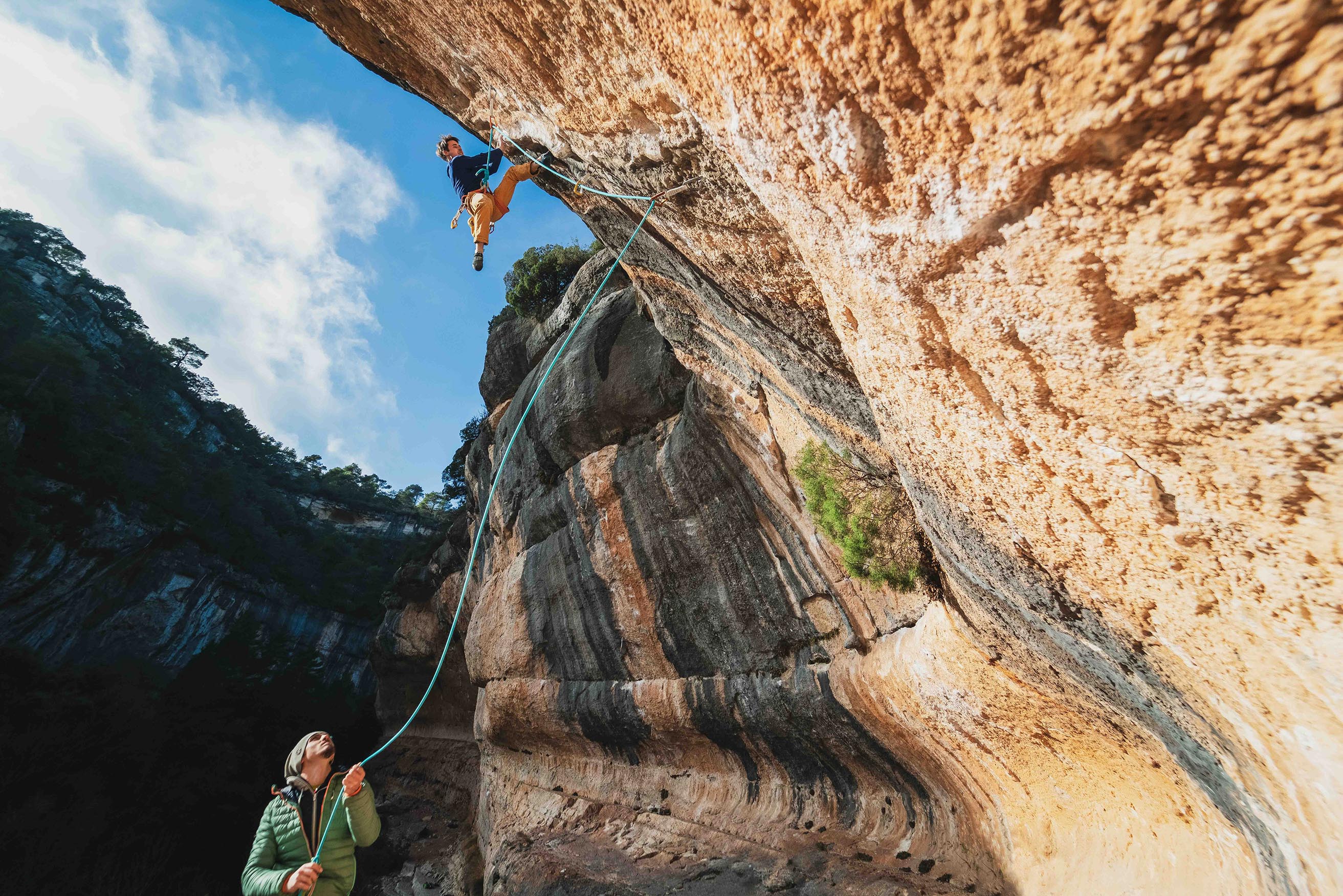
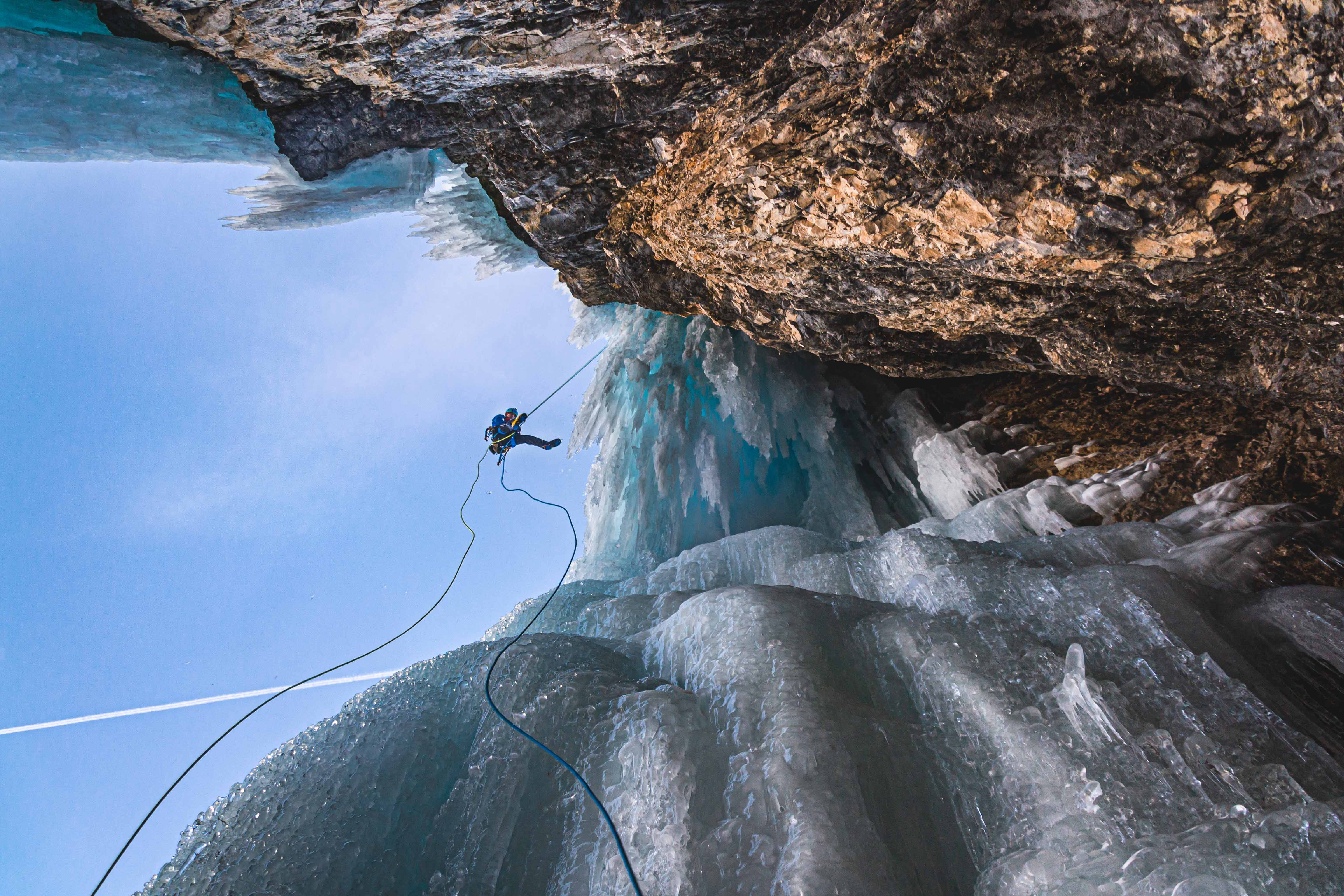
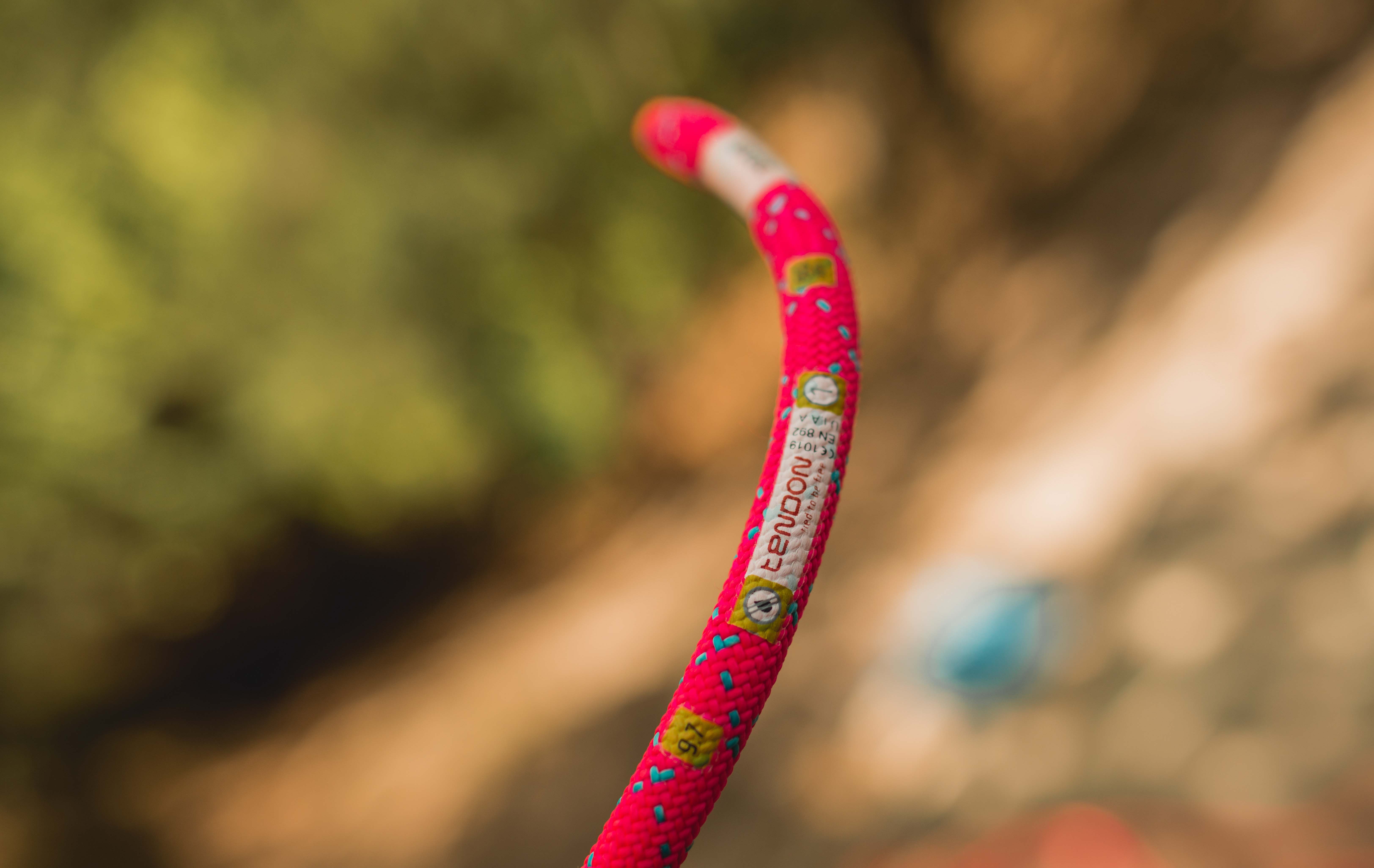
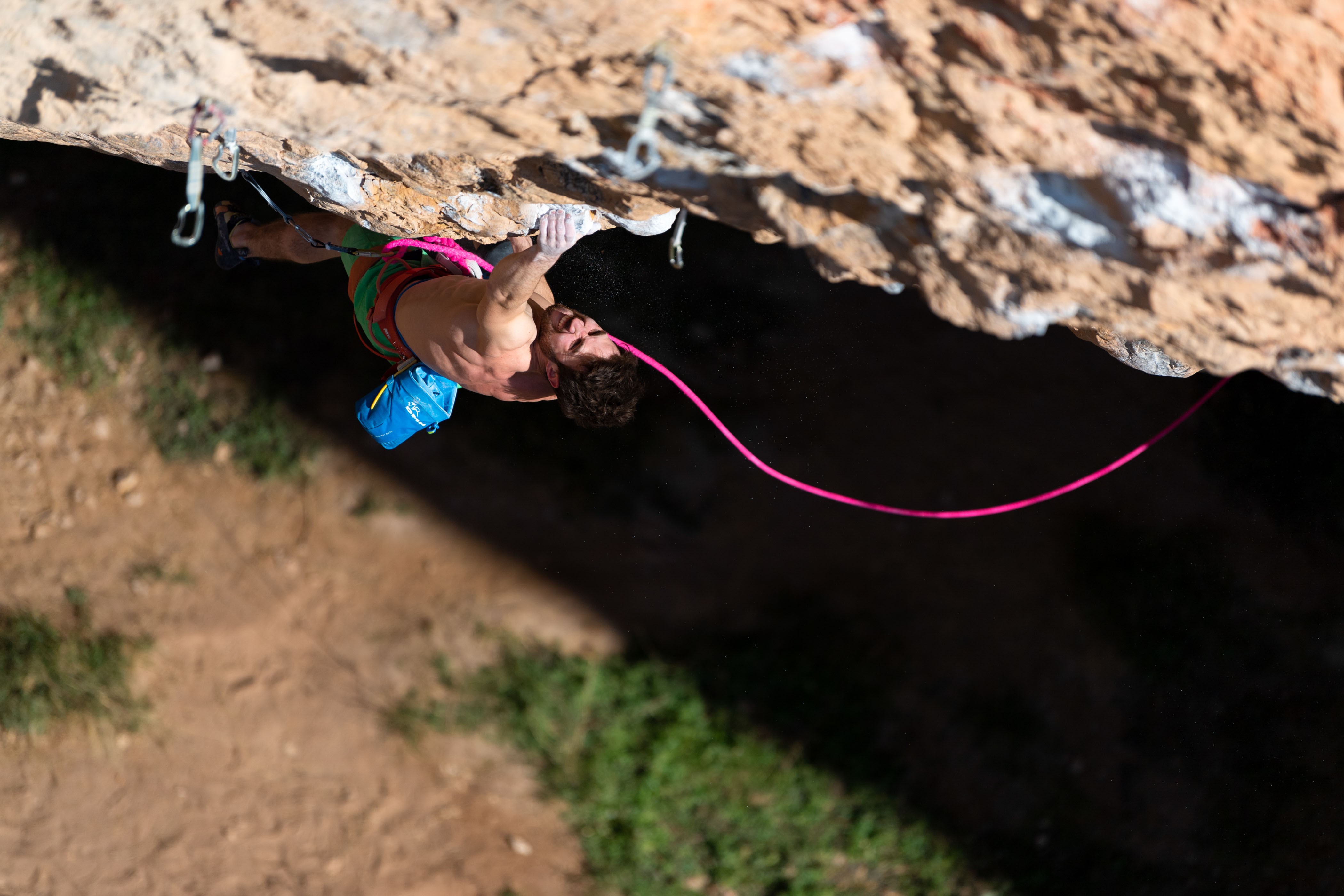
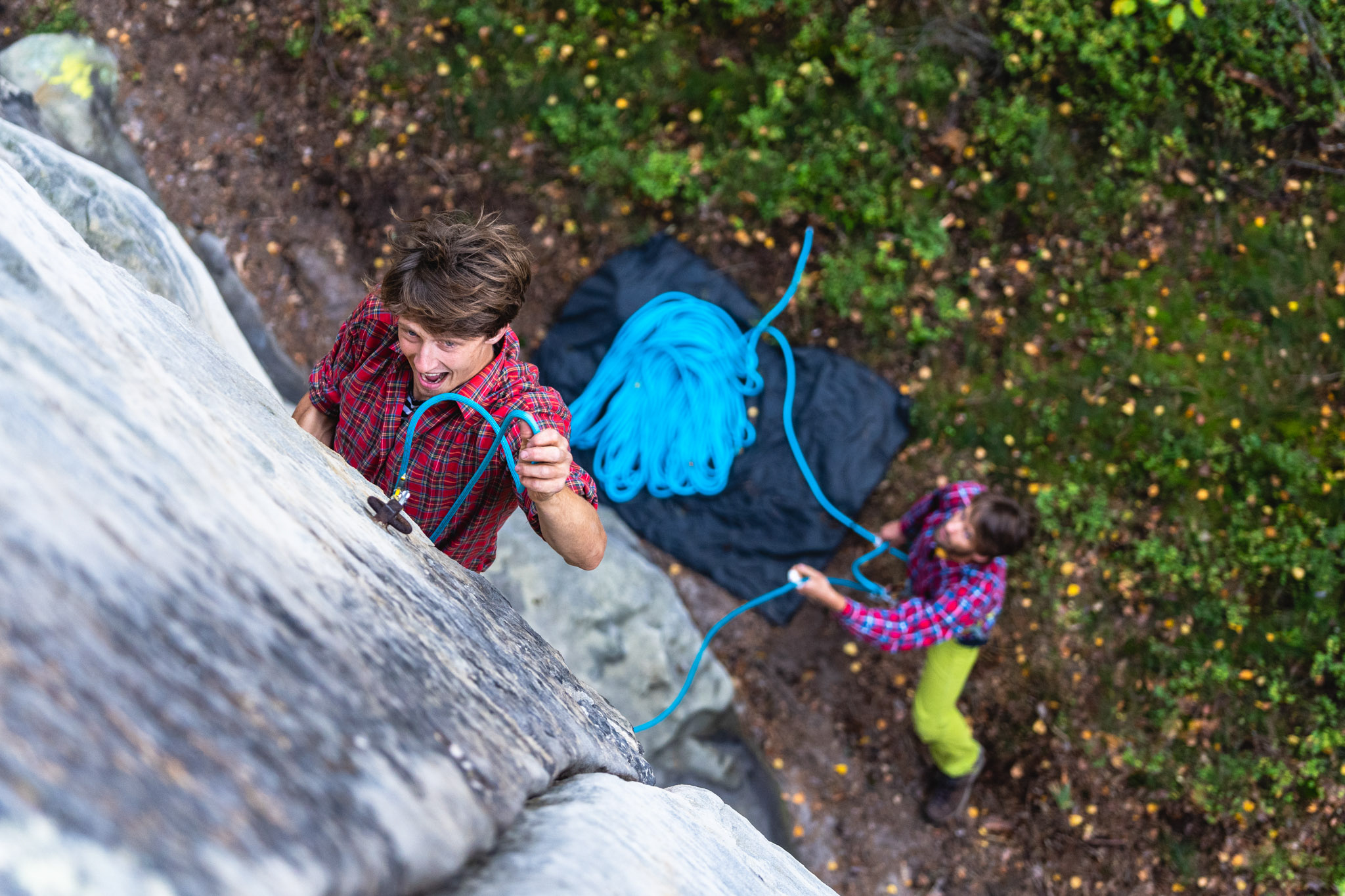
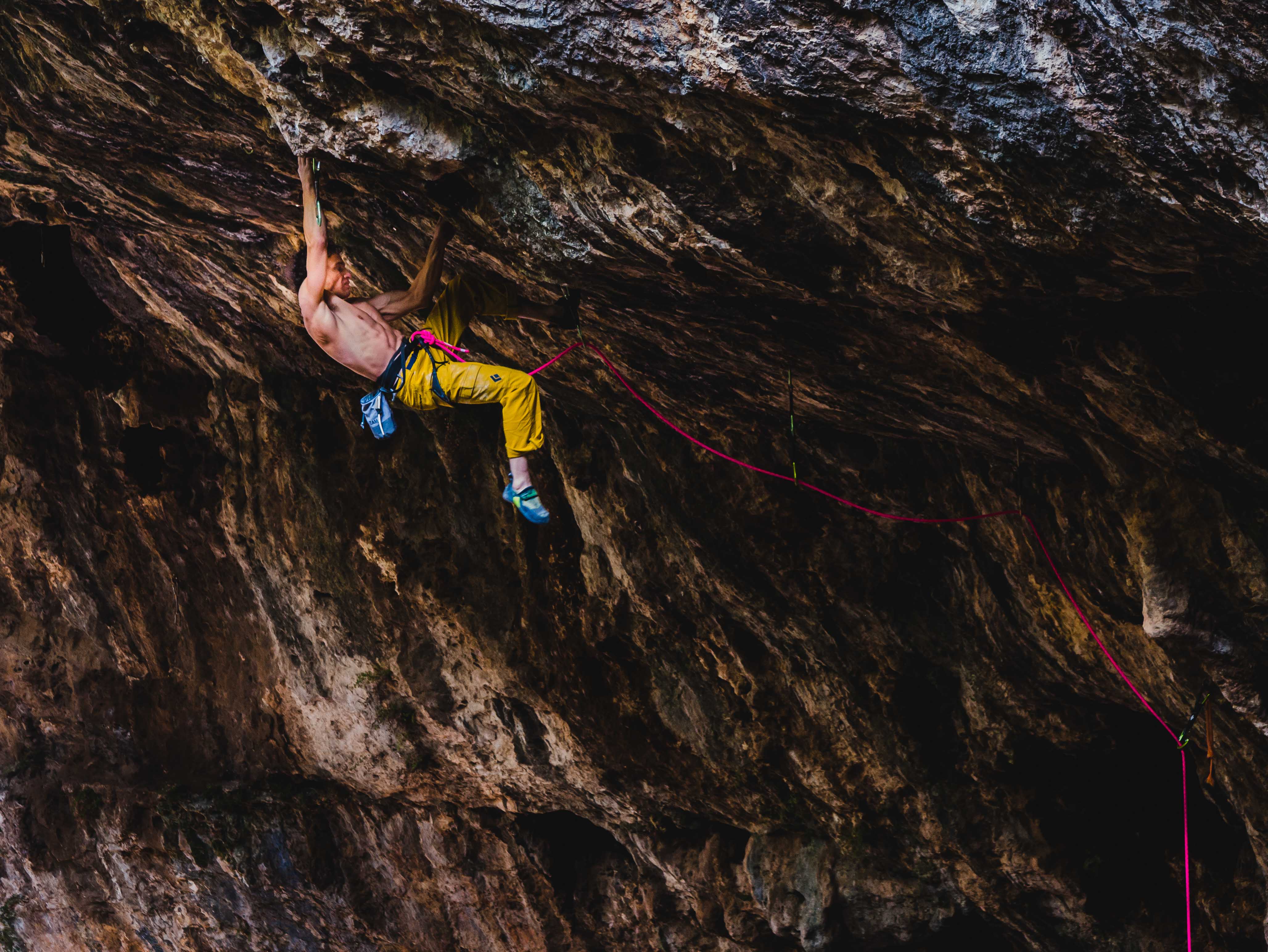
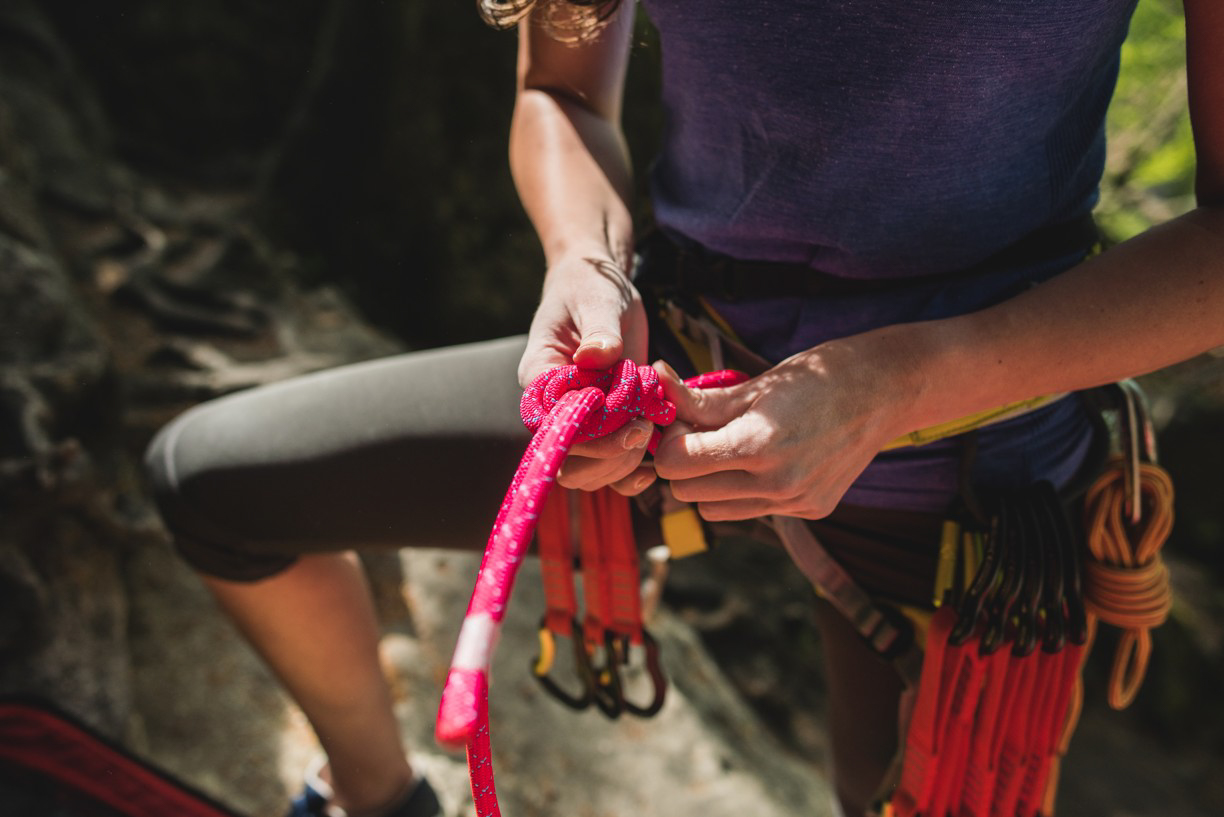
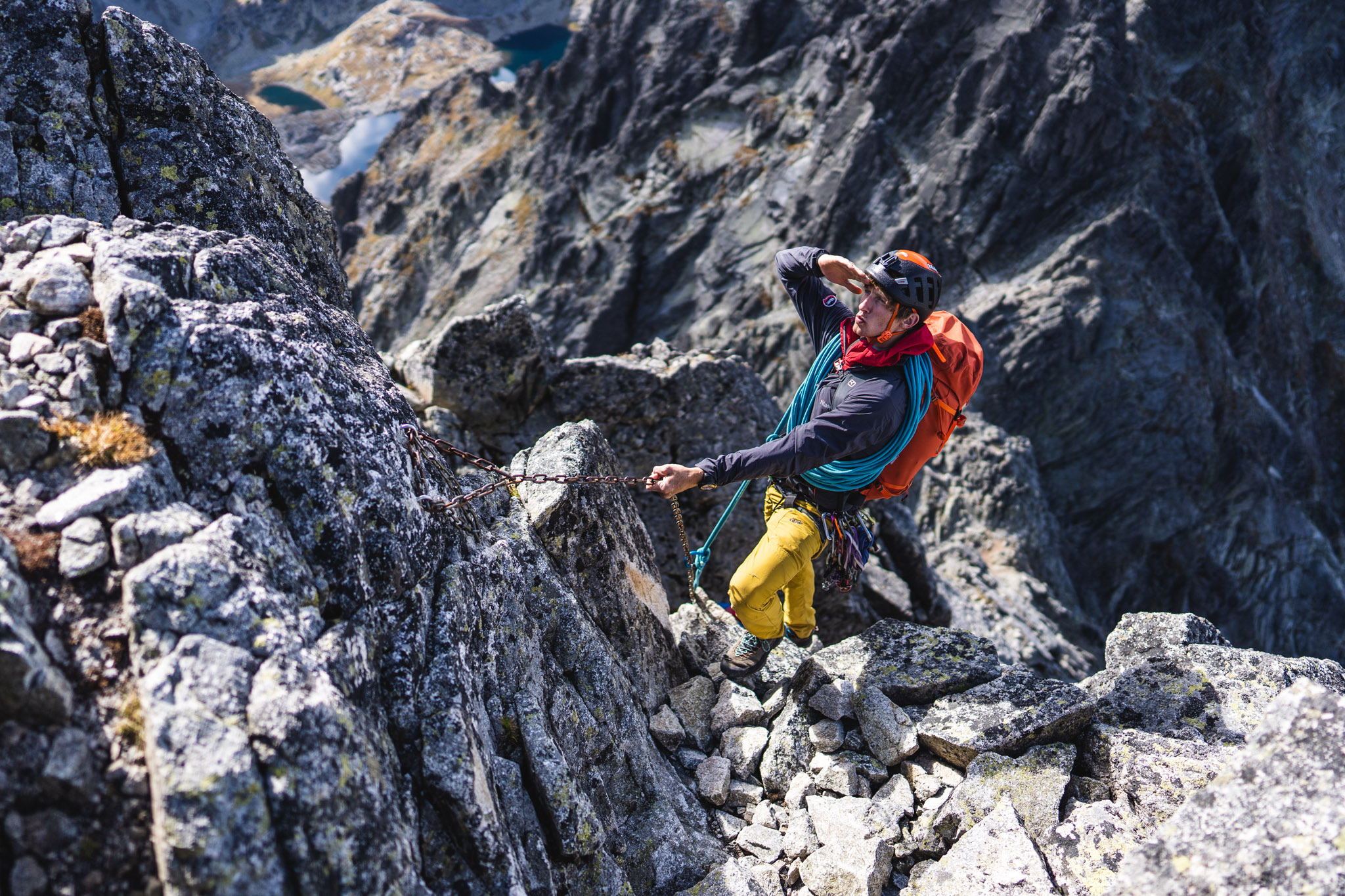

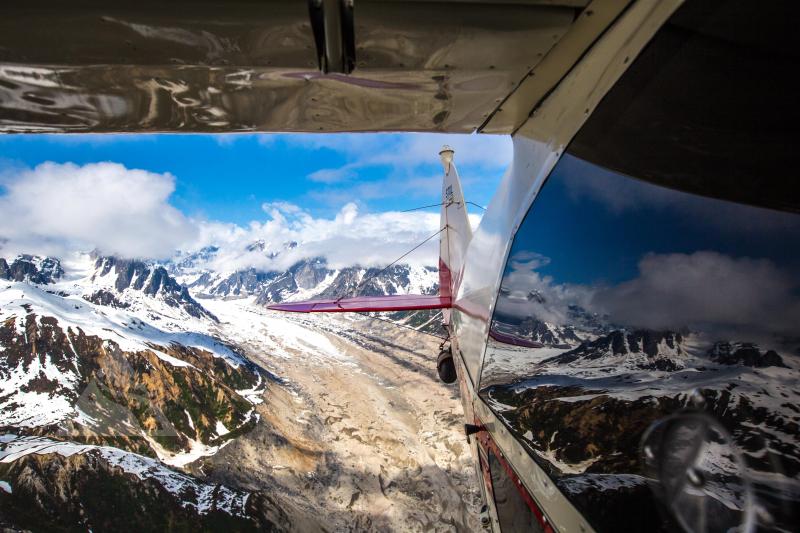
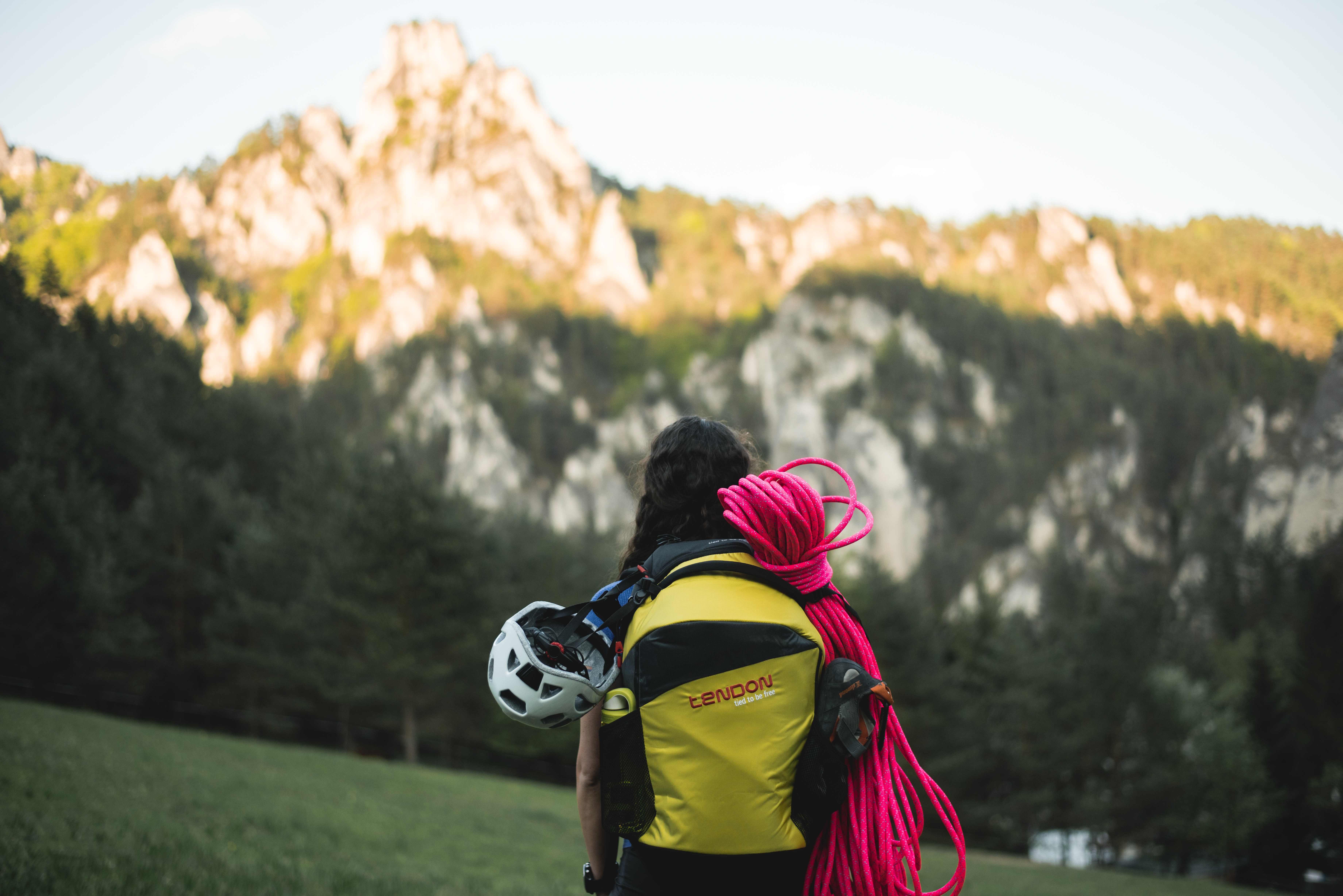
Comments (0)
There is no comment on this article.
Comments can only be inserted by logged-in user.